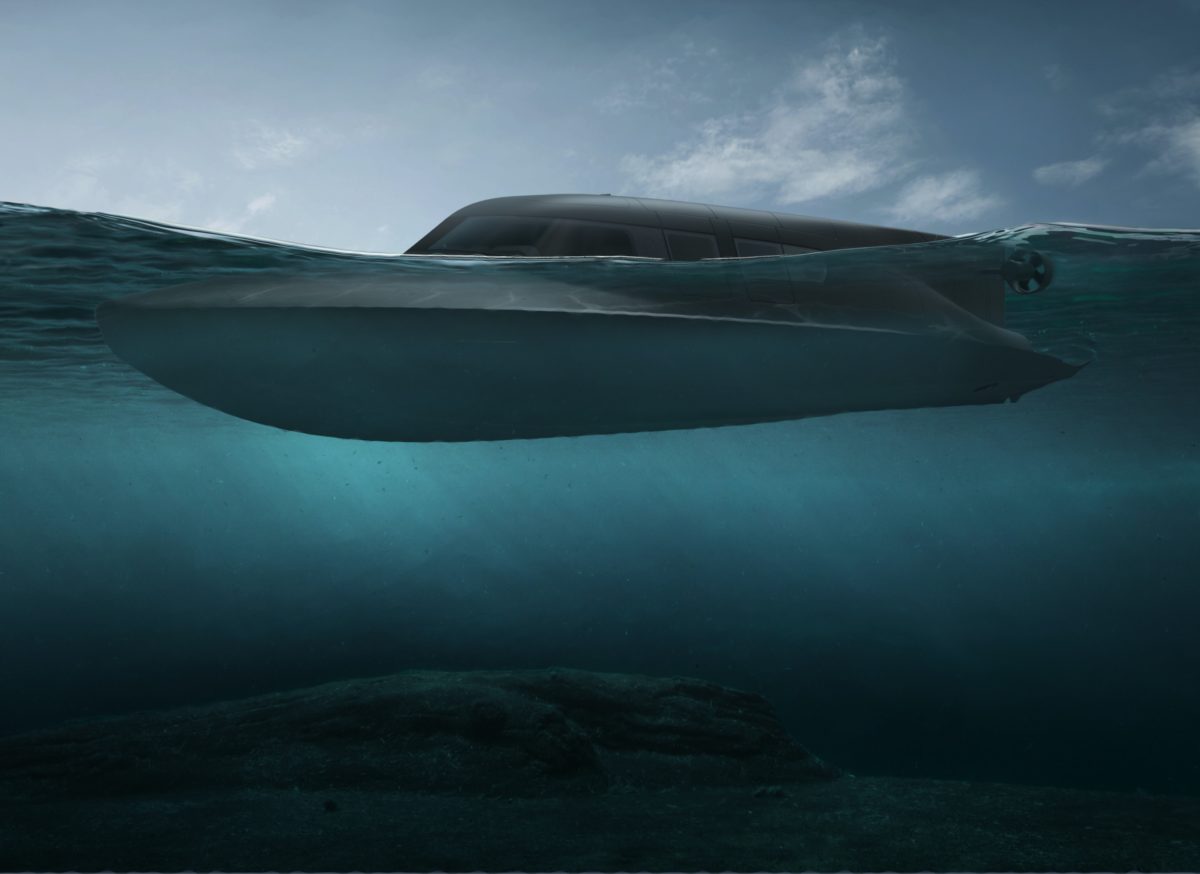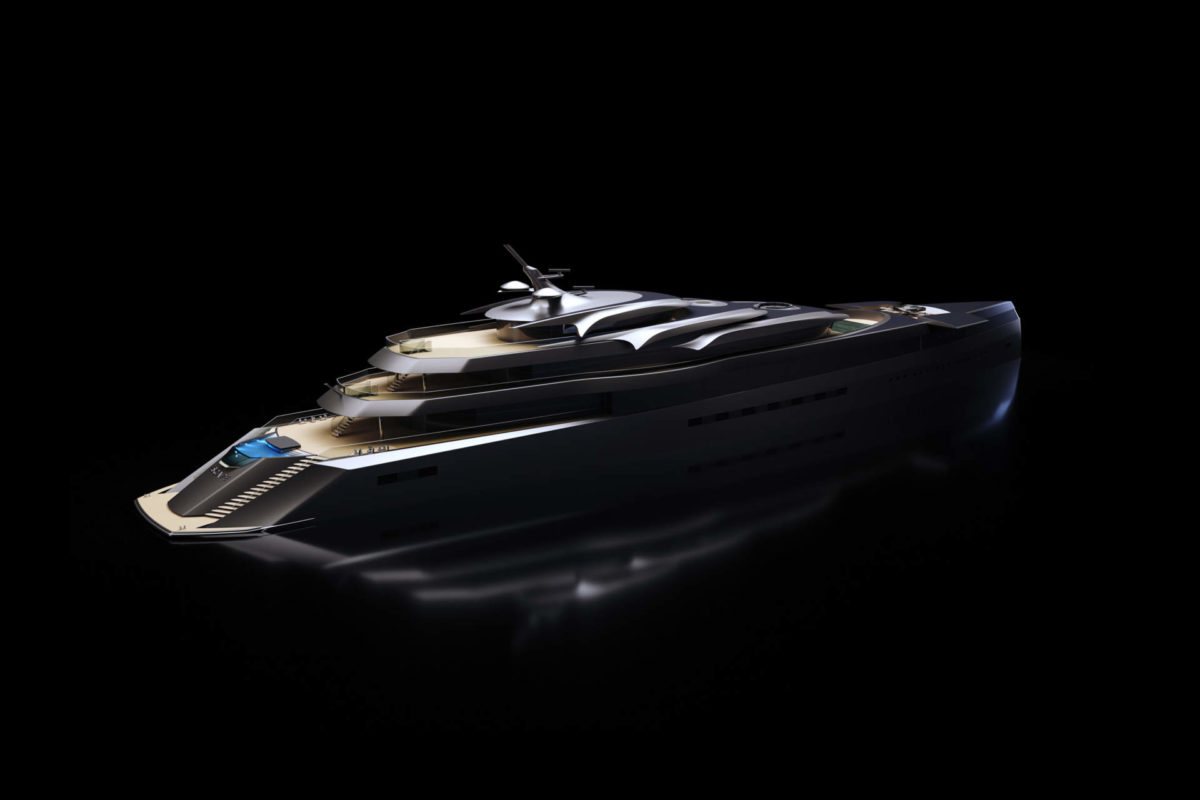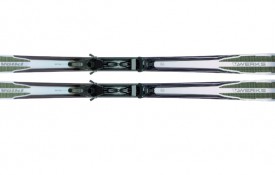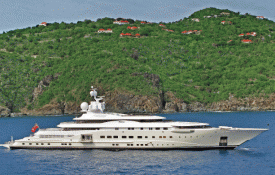The future of life on the water is a constantly evolving ideal, one that naval architects represent in fantastic renderings that often feel better suited for science fiction than realistic projections of things to come. The reimagining of the yachting lifestyle isn’t always an exercise in fanciful daydreaming, however, as the following three projects illustrate. In fact, two of these vessels are in construction, one of which is slated for sea trials early this year. As for the third, well … for now it remains a superyacht concept. But that could change. All it needs is a prospective owner to say “build it.”
Recycled Exploration
The very nature of explorer yachts aligns with eco-friendly living. After all, to own and sail an expedition vessel built specifically for far-flung adventures and to journey to some of the most beautiful and seldom-visited areas of the world requires a commitment to ensuring that those areas remain beautiful for years to come.
Arksen Ltd., a London-based firm that describes itself as an “innovation, technology, and adventure company,” has embraced this notion by designing an explorer vessel—the Arksen 85 “Project Ocean”—that epitomizes eco-conscious living. The 85-foot-long yacht’s hull and superstructure are built from an aluminum that contains recycled material. In fact, the hull and superstructure, itself, can be recycled at the end of the vessel’s life. Furthermore, the yacht’s interior (crafted by Design Unlimited) will feature upholstery and other fabrics made from recycled plastic bottles.
Currently under construction at the Wight Shipyard Company in southern England, the Arsken 85 serves as the flagship yacht for the firm’s Explorer Series, a collective that includes 45-foot, 60-foot, and 75-foot models. Sea trials are planned for spring 2022.
Arksen says this expedition vessel offers its owners “the capability, comfort, confidence, and independence needed to take on an adventure of a lifetime.” Given its sustainable construction and composition of recycled materials, the vessel also offers peace of mind, knowing you’re doing your part to keep the earth a place worthy of future exploration.

Arksen’s 85-foot-long yacht’s hull and superstructure are built from an aluminum that contains recycled material, and the ship can be recycled at the end of its life.
More Than Meets the Eye
Historically, when the terms “boat” and “hybrid” have appeared together, the latter term has always been used to describe a vessel’s propulsion system. Beginning in January 2021, when sea trials of SubSea Craft’s Victa commence, the term will also define an adventurous new way to sail on and under the water.
The 40-foot-long speedboat is powered by a 725 hp diesel engine that propels the vessel to a maximum speed of 40 knots. That is until its operator chooses to deploy the carbon-fiber vessel as a submersible, at which point the Victa—when fully submerged—is propelled by twin electric thrusters that allow it to be piloted to a top speed of 8 knots and to depths of almost 100 feet.
The unique adventure vehicle can fully convert from speedboat to submersible in only two minutes, and when used as a submersible, the Victa can “swim” a maximum distance of 25 nautical miles, providing four hours of air for as many as eight divers.
The British company acknowledges that the vessel is aptly suited for defense and special ops missions, but it’s easy to see how a private citizen with the means and a penchant for adventure could also enjoy its use. Living out those James Bond fantasies just got a whole lot easier.

SubSea Craft’s Victa can convert from speedboat to submersible in only two minutes.
Liberated Design
To test the boundaries of its creative team, Feadship took council with a handful of its best brokers and collaborated on the design of a speculative custom yacht. Envisioning the client as an extroverted rock star with a passion for sustainable, eco-friendly living, the team—over three days—conceptualized the 361-foot Escape (also shown at top), a low and sleek superyacht with a hidden secret.
An amidships atrium serves as the yacht’s epicenter, one that includes a wellness area and saltwater moon pool that doubles as a submarine launching area and landing zone. Elsewhere, a foredeck compartment can be exposed by motorized deck panels to reveal a hangar that stores a personal aircraft. Both features epitomize the yacht’s name in a quite literal way.
And in keeping with the prospective owner’s eco-friendly sensibilities, the yacht features more than 7,500 square feet of solar panels, including a deck hatch that rotates to catch the sun’s rays. Altogether, this solar power system generates 133 kW of energy.

Escape is the collaborative concept yacht from Feadship and its top brokers.












































